ASEAN+3 members agree to boost use of non-dollar freely usable currencies
The ASEAN+3 members have agreed to launch a new financing facility that would help economies in the region access liquidity of freely usable currencies, including the renminbi, in times of emergency, a significant step forward in the region's collective efforts to safeguard financial stability amid heightened uncertainties, officials and experts said.
Experts said that the move reflects the region's firm commitment to financial cooperation and regional integration, which would serve as a powerful counterweight to the U.S.' unilateralist pressures and be a key stabilizing force for the global economy.
At the 28th ASEAN+3 Finance Ministers' and Central Bank Governors' Meeting, held on Sunday in Milan, Italy, financial leaders in the region endorsed the establishment of a new facility under the Chiang Mai Initiative Multilateralisation, or CMIM, a regional financial safety net established by ASEAN+3 countries — the 10 members of the Association of Southeast Asian Nations, plus China, Japan and South Korea.
The new facility, named the Rapid Financing Facility, incorporates eligible non-dollar currencies, including the Chinese renminbi, as currencies of choice used for providing financing to member economies, according to a statement released on Monday by the People's Bank of China, the country's central bank.
Pan Gongsheng, governor of the central bank, said the establishment of the facility — with the incorporation of non-dollar freely usable currencies including the renminbi — will not only expand the available resources under the CMIM but also marks meaningful progress in diversifying the international monetary system in the region.
Pan said it is crucial to further improve the CMIM and strengthen the regional financial safety net, as unilateralism is affecting the international governance system, leading to significantly higher economic and financial risks facing the ASEAN+3 region.
Liu Ying, a researcher at the Chongyang Institute for Financial Studies at Renmin University of China, said the new facility is of great significance as it will broaden the source of liquidity support for ASEAN+3 economies in times of financial stress. Previously, they mainly relied on short-term U.S. dollar liquidity under the CMIM.
"This will strengthen their ability to withstand the ongoing global financial volatility and meet the region's demand for alternative international currencies, as confidence in the dollar has been dampened by U.S. tariff policies," Liu said.
She added that the facility also shows the region's commitment to multilateralism, which would effectively help to offset the disruption caused by U.S. tariff policies on the global economy, given the economic heft of the region — which accounts for around 40 percent or more of global GDP growth.
At the meeting, which mainly discussed the global and regional macroeconomic situation as well as regional financial cooperation, finance ministers and central bank governors called for enhanced unity and cooperation to weather heightened uncertainties, according to the joint statement from the meeting.
Resilience against shocks
"We will promote greater intra-regional trade and investment flows to strengthen the region's resilience against external shocks," the statement said, while reaffirming the region's full commitment to multilateralism and a rules-based, nondiscriminatory, free, fair, open, inclusive, equitable and transparent multilateral trading system.
Speaking at the meeting, Chinese Finance Minister Lan Fo'an emphasized China's willingness to work with other ASEAN+3 members to uphold openness, inclusiveness and regional solidarity to enhance stability and certainty, at a time when rising unilateralism and protectionism are bringing considerably more unstable and uncertain factors.
Vowing to deepen regional financial cooperation, Lan announced a renewed contribution of $4 million to the China TA Trust Fund under the ASEAN+3 Macroeconomic Research Office. The fund will help strengthen macroeconomic surveillance and financial stability efforts in the region, the Ministry of Finance said.
Lan also called for all parties to uphold multilateralism and free trade, making greater contributions to regional economic and financial stability and integration.
Liu Chunsheng, an associate professor of international economics at the Central University of Finance and Economics, said the minister's remarks sent a strong signal of China's opposition to unilateralism and its defense of regional economic stability.
Liu said there is scope for tariff reduction within the region while strengthening intra-regional infrastructure connectivity to further reduce reliance on the U.S. market, adding that China's strength in infrastructure can be shared with other members to enhance overall regional resilience.
Acknowledging that escalating trade protectionism will affect trade, investment and capital flows across the region, the meeting's statement said member economies will enhance macroeconomic policy dialogue, promote regional financial cooperation, and ensure stable and unimpeded industrial and supply chains.








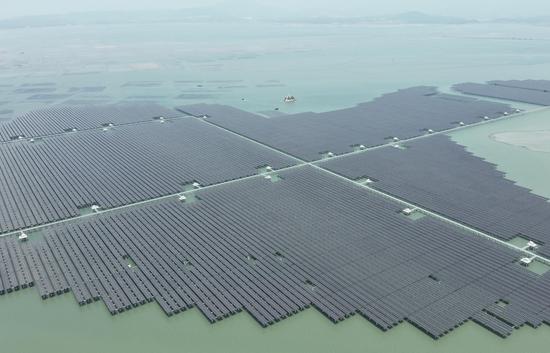
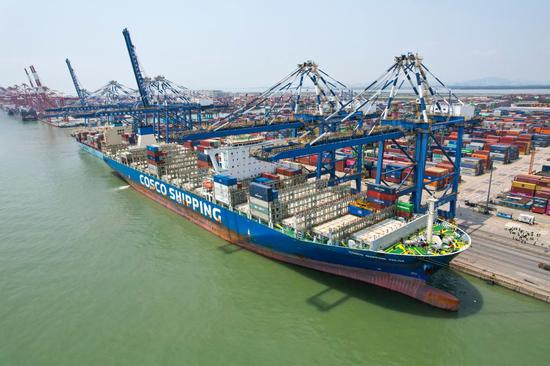

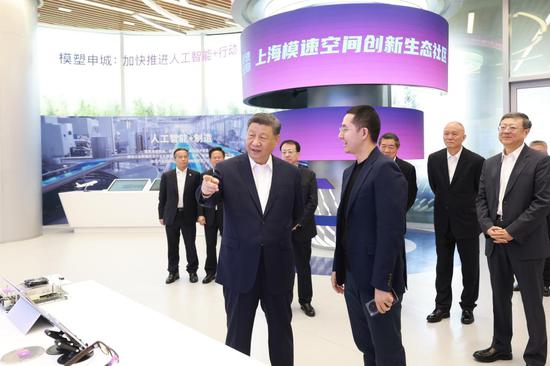




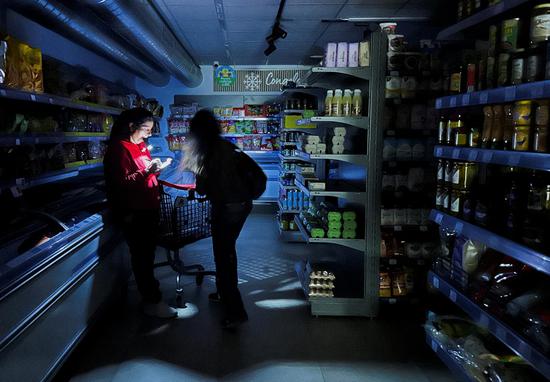












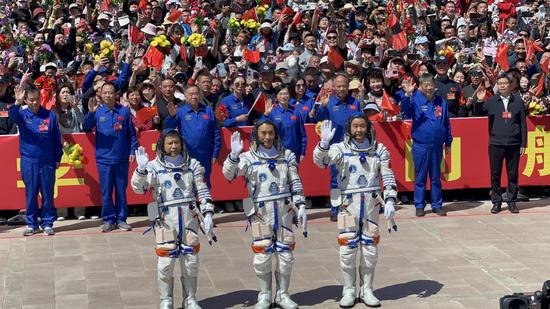


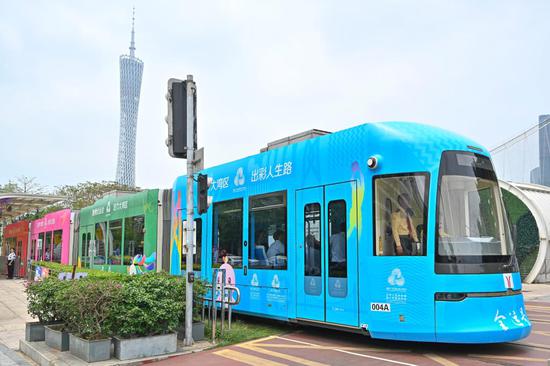







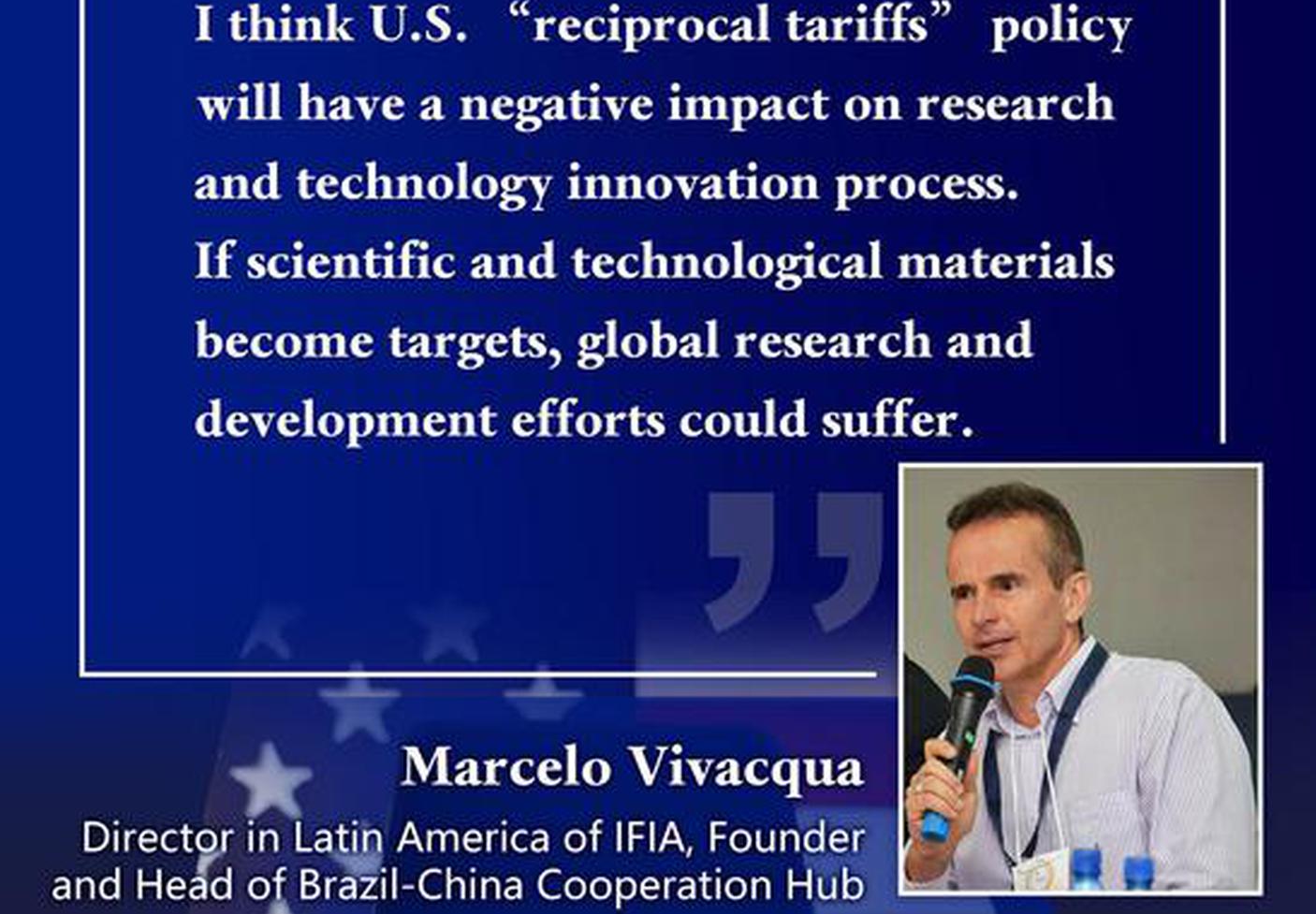



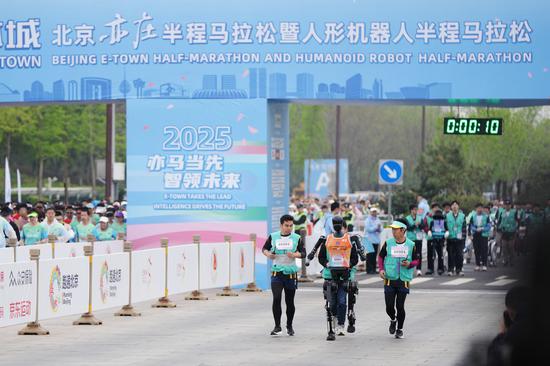



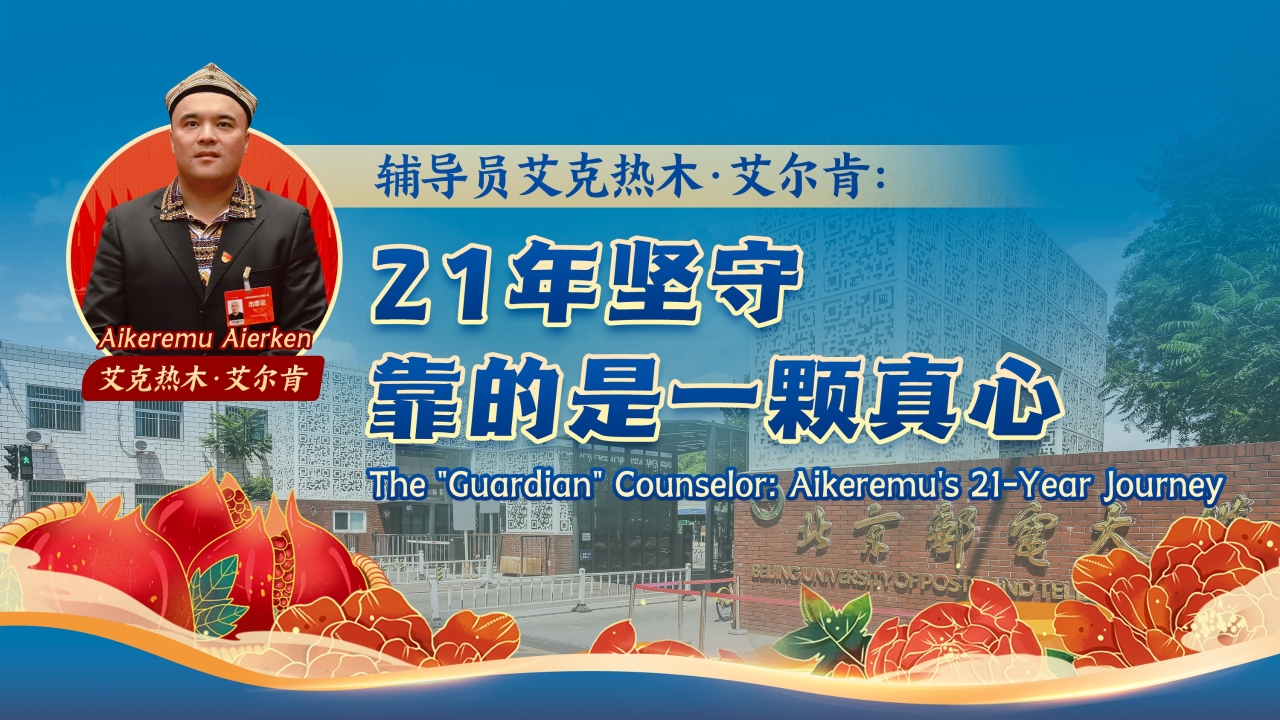

 京公網安備 11010202009201號
京公網安備 11010202009201號